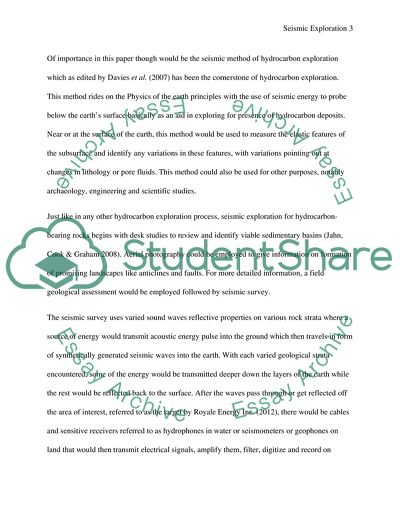Cite this document
(Seismic Hydrocarbon Exploration Literature review, n.d.)
Seismic Hydrocarbon Exploration Literature review. https://studentshare.org/environmental-studies/1791720-seismic-method-of-hydrocarbon-exploration
Seismic Hydrocarbon Exploration Literature review. https://studentshare.org/environmental-studies/1791720-seismic-method-of-hydrocarbon-exploration
(Seismic Hydrocarbon Exploration Literature Review)
Seismic Hydrocarbon Exploration Literature Review. https://studentshare.org/environmental-studies/1791720-seismic-method-of-hydrocarbon-exploration.
Seismic Hydrocarbon Exploration Literature Review. https://studentshare.org/environmental-studies/1791720-seismic-method-of-hydrocarbon-exploration.
“Seismic Hydrocarbon Exploration Literature Review”. https://studentshare.org/environmental-studies/1791720-seismic-method-of-hydrocarbon-exploration.


